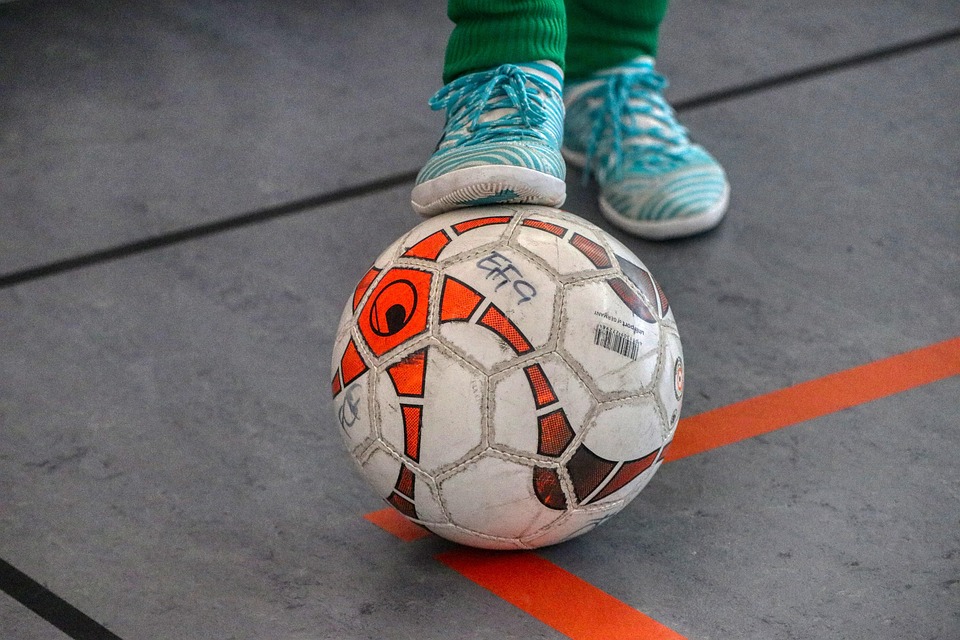Greening Indoors: The Ultimate Guide to Thriving Indoor Gardens
Indoor gardening has become increasingly popular in recent years as more people seek to bring the beauty and benefits of plants into their homes. Whether you live in a small apartment or a spacious house, creating a thriving indoor garden is a rewarding and fulfilling experience. In this comprehensive guide, we will explore everything you need to know to green your indoors and create a vibrant and healthy indoor garden.
Benefits of Indoor Gardening
Indoor gardening offers a wide range of benefits for both your physical and mental well-being. Plants help purify the air by removing toxins and releasing oxygen, creating a healthier indoor environment. They also have a calming effect on the mind, reducing stress and anxiety. In addition, indoor plants can improve concentration and productivity, making them a great addition to your home office or study space.
Choosing the Right Plants
When selecting plants for your indoor garden, it’s important to consider factors such as lighting, humidity, and temperature. Some plants thrive in low light conditions, while others require bright, indirect sunlight. Likewise, some plants prefer high humidity levels, while others do better in drier environments. Research the specific needs of each plant you choose to ensure they will thrive in your indoor space.
Essential Supplies
Before you start your indoor garden, gather the necessary supplies to ensure your plants have everything they need to grow and thrive. Some essential supplies include:
- Plant pots and containers
- Potting soil
- Fertilizer
- Watering can or spray bottle
- Pruning shears
- Grow lights (if your space lacks natural light)
Creating the Ideal Growing Environment
Once you have chosen your plants and gathered your supplies, it’s time to create the ideal growing environment for your indoor garden. Consider the following factors to ensure your plants thrive:
Lighting
Most indoor plants require at least 6-8 hours of sunlight per day to thrive. If your space lacks natural light, consider using grow lights to provide supplemental lighting for your plants.
Temperature
Most indoor plants prefer temperatures between 65-75 degrees Fahrenheit during the day and slightly cooler temperatures at night. Avoid placing your plants near drafty windows or vents, as extreme temperature fluctuations can stress your plants.
Humidity
Some plants, such as tropical varieties, require higher humidity levels to thrive. To increase humidity in your indoor space, mist your plants regularly or place a humidifier nearby.
Watering and Feeding Your Plants
Proper watering and feeding are essential for the health and growth of your indoor plants. Overwatering can lead to root rot, while underwatering can cause your plants to wilt and die. To determine when to water your plants, check the soil moisture level with your finger. If the top inch of soil is dry, it’s time to water. Feed your plants with a balanced fertilizer every 4-6 weeks to provide essential nutrients for growth.
Common Indoor Gardening Challenges
While indoor gardening can be a rewarding experience, it also comes with its own set of challenges. Some common issues you may encounter include pests, diseases, and nutrient deficiencies. To prevent and address these challenges, practice good plant care habits such as regular watering, proper lighting, and adequate ventilation. If you notice any signs of pests or diseases, treat your plants promptly to prevent further damage.
Conclusion
Indoor gardening is a wonderful way to bring the beauty and benefits of plants into your home. By choosing the right plants, creating the ideal growing environment, and practicing good plant care habits, you can create a thriving indoor garden that enhances your living space and improves your well-being. Whether you’re a seasoned gardener or a beginner, indoor gardening is a rewarding and fulfilling hobby that can bring joy and beauty into your life.
Start your indoor garden today and experience the countless benefits of greening your indoors!





















































